Papayas, often celebrated for their sweet flavor, vibrant color, and incredible health benefits, have become a staple tropical fruit enjoyed globally. Native to Central America, this “fruit of the angels” (as Christopher Columbus called it) is now grown and traded extensively across continents. As global awareness of healthy eating continues to rise, so too does the demand for papayas. But which countries are importing the most? Let’s take a deep dive into papaya import trends, highlighting the top importing nations and analyzing what’s driving this international demand.
The Growing Global Demand for Papayas
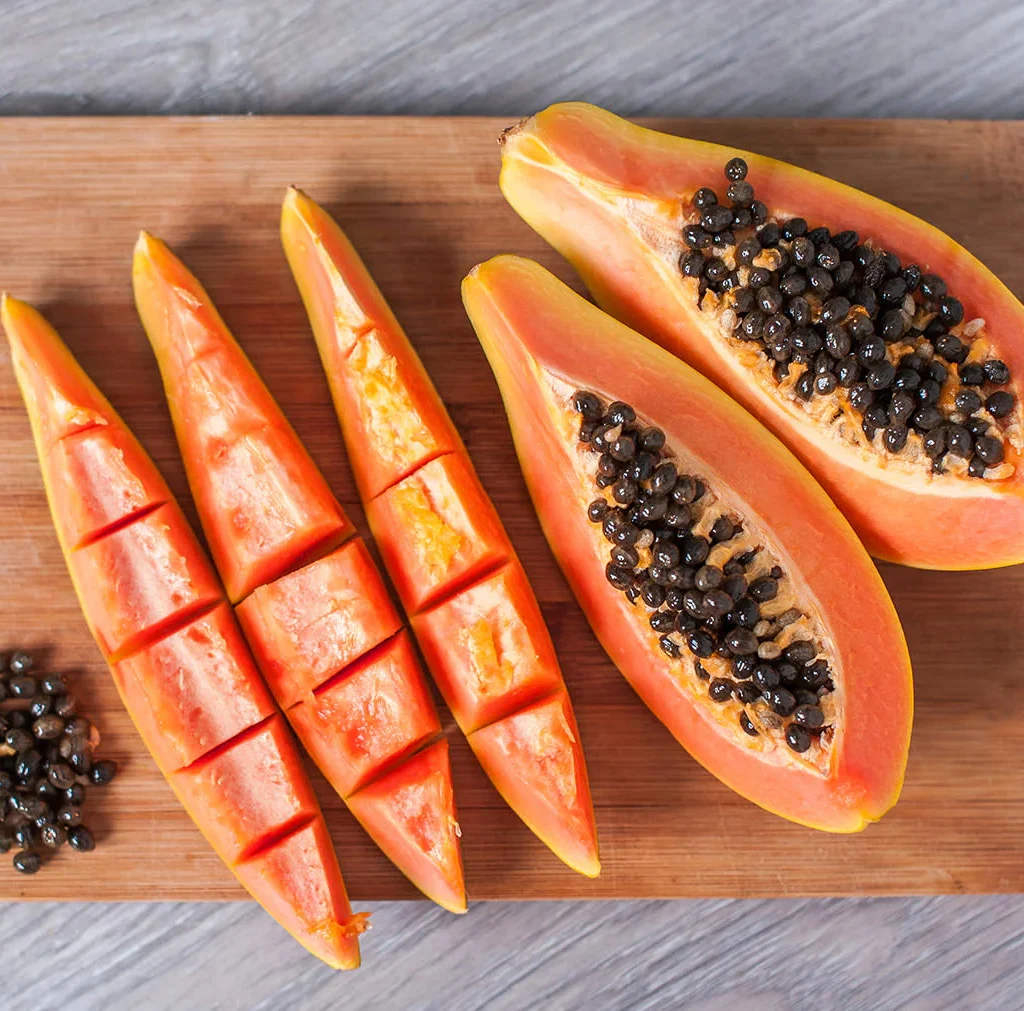
Over the past decade, papaya has seen a notable surge in demand, especially in non-tropical regions. It’s packed with nutrients like vitamin C, folate, fiber, and powerful antioxidants, making it a popular choice among health-conscious consumers. From smoothies and fruit salads to skincare products, papaya’s versatile use is boosting its consumption worldwide.
Several factors influence papaya import trends:
- Health awareness: Increasing demand for nutrient-dense fruits.
- Diaspora demand: Communities from tropical regions create demand in colder countries.
- Food diversity: Expanding palates in developed countries fuel tropical fruit imports.
- Export-friendly cultivars: Better shelf life and improved varieties have made international trade easier.
Top Papaya Importing Countries
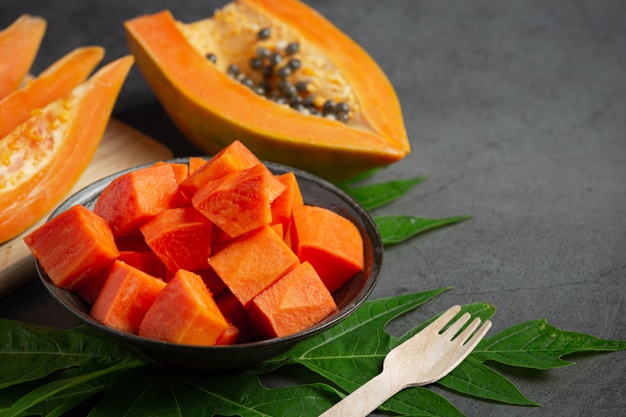
According to the latest data from FAOSTAT, ITC Trade Map, and international trade reports, the following countries lead the world in papaya imports:
1. United States
- Annual Import Volume: ~175,000 to 185,000 metric tons
- Key Suppliers: Mexico (dominant), Belize, Brazil
- Why It Leads:
The U.S. has long been the top papaya importer due to its large Hispanic and Asian populations, as well as a growing health-conscious demographic. Mexico’s proximity and trade agreements (like USMCA) make papaya readily available. Many supermarkets now stock papayas year-round.
2. Germany
- Annual Import Volume: ~20,000 to 25,000 metric tons
- Key Suppliers: Brazil, Ghana, Thailand
- Why It Leads:
As one of Europe’s largest economies with a strong demand for organic and tropical fruits, Germany has emerged as a major importer. Brazilian papayas, particularly the Solo variety, are commonly found in German grocery stores.
3. Canada
- Annual Import Volume: ~15,000 to 18,000 metric tons
- Key Suppliers: Mexico, Brazil
- Why It Leads:
Canada imports papayas year-round due to its cold climate. Similar to the U.S., its multicultural population drives consumption, particularly in provinces like Ontario and British Columbia.
4. United Kingdom
- Annual Import Volume: ~10,000 to 15,000 metric tons
- Key Suppliers: Brazil, India, Kenya
- Why It Leads:
The UK’s demand is shaped by its culinary diversity and large Caribbean and South Asian communities. High-end retail chains often feature papayas as a premium tropical fruit.
5. Netherlands
- Annual Import Volume: ~9,000 to 11,000 metric tons
- Key Suppliers: Brazil, Ghana, Thailand
- Why It Leads:
The Netherlands serves as a key distribution hub for Europe, importing large quantities for re-export across the EU. Rotterdam Port plays a vital role in distributing tropical fruits, including papayas.
6. France
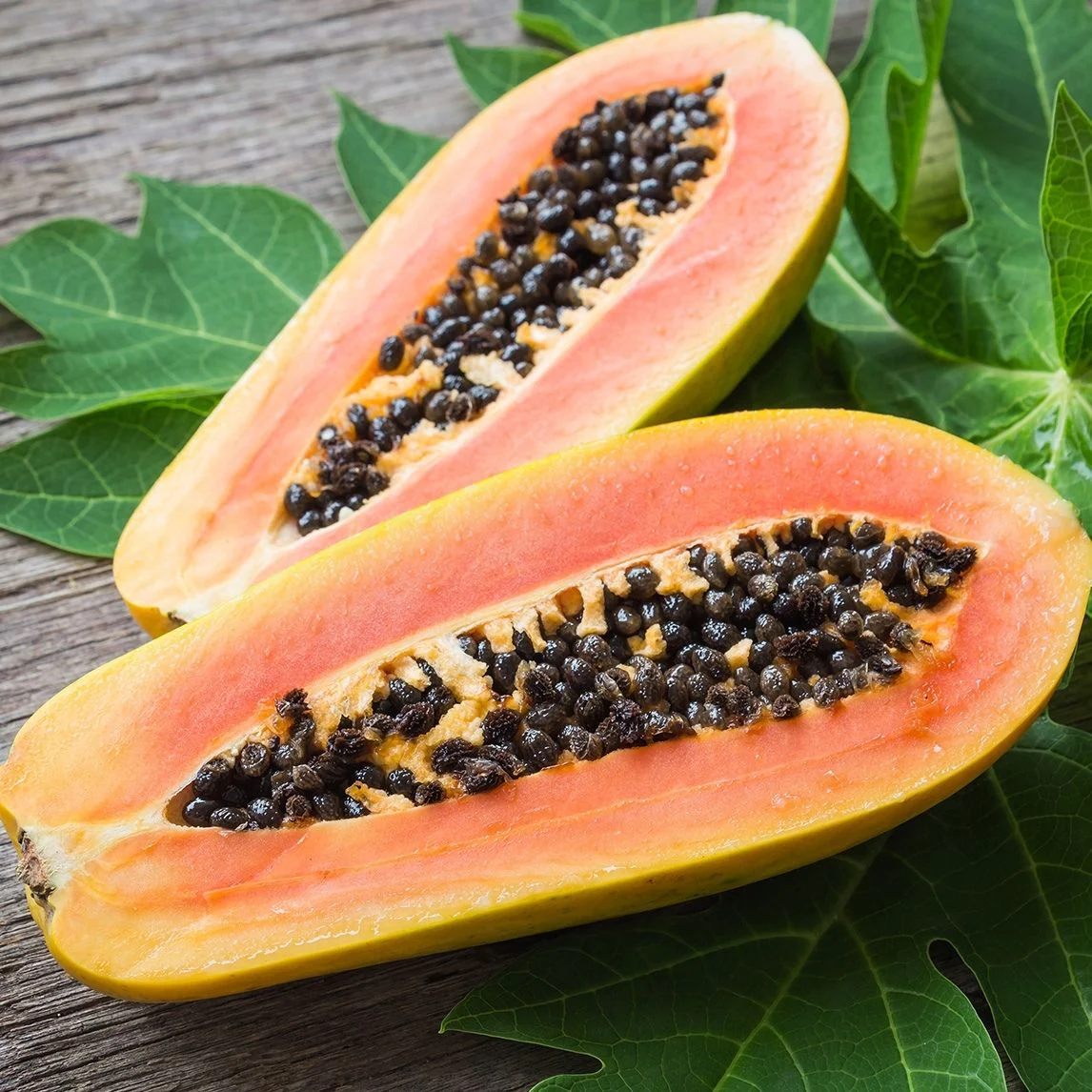
- Annual Import Volume: ~6,000 to 8,000 metric tons
- Key Suppliers: Côte d’Ivoire, Brazil, Suriname
- Why It Leads:
France’s papaya market is influenced by demand from overseas territories (like Guadeloupe and Réunion) and metropolitan consumers seeking exotic produce.
7. United Arab Emirates
- Annual Import Volume: ~5,000 to 7,000 metric tons
- Key Suppliers: India, Sri Lanka, Philippines
- Why It Leads:
The UAE is a growing hub for tropical fruit trade in the Middle East. Its expat-heavy population—especially from South Asia—boosts demand for papayas and other tropical fruits.
8. Japan
- Annual Import Volume: ~4,000 to 6,000 metric tons
- Key Suppliers: Philippines, Thailand, Mexico
- Why It Leads:
Japan’s papaya imports are smaller but growing. The Japanese consumer prefers smaller fruits with attractive appearance and sweet flavor, making the Solo variety popular.
9. China
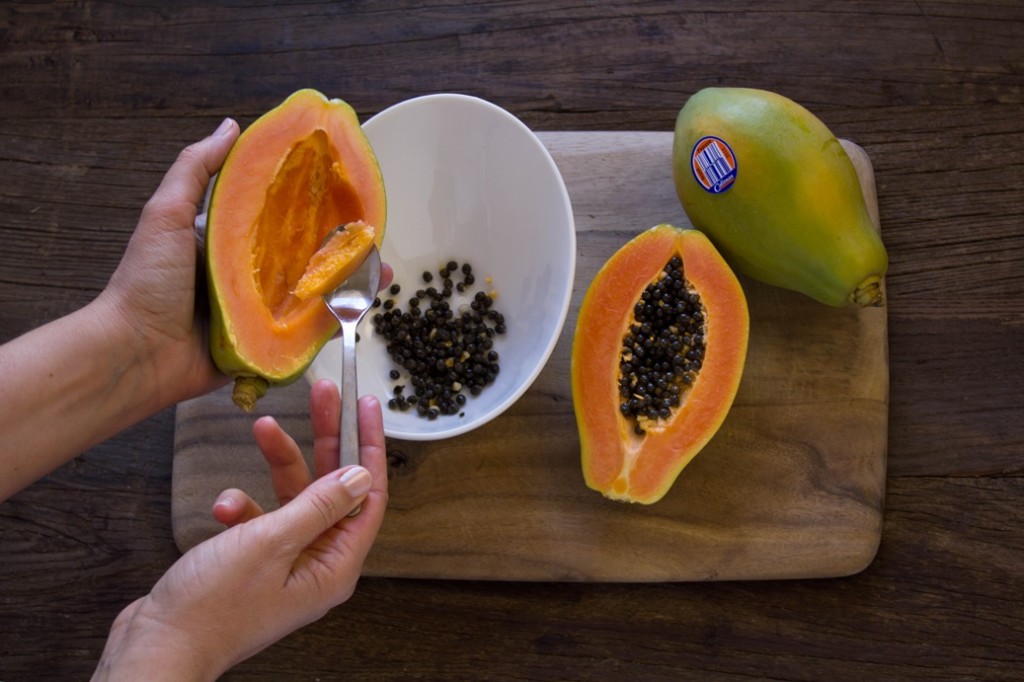
- Annual Import Volume: ~3,000 to 5,000 metric tons
- Key Suppliers: Vietnam, Philippines, Thailand
- Why It Leads:
Though China is a significant papaya producer itself, rising urban demand and quality preferences have made it an occasional importer—especially in luxury retail segments.
10. Russia
- Annual Import Volume: ~2,000 to 4,000 metric tons
- Key Suppliers: India, Thailand, Sri Lanka
- Why It Leads:
Russia’s tropical fruit imports have grown in the last decade. Although not a dominant market, the demand for papayas is slowly increasing in major cities.
Key Market Insights & Trends
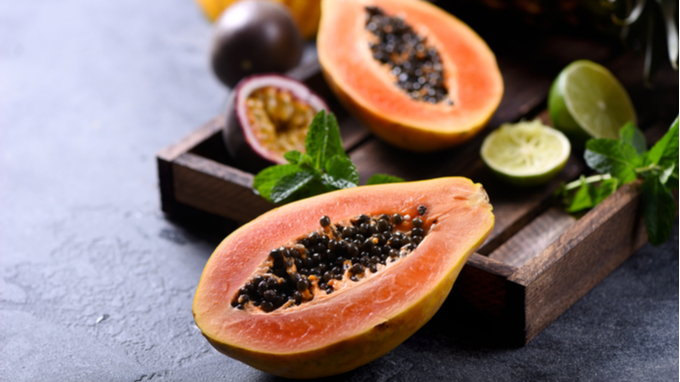
1. Shift Toward Organic Papayas
Europe and North America are seeing a steady rise in demand for organically grown papayas. Certifications like USDA Organic or EU Organic are increasingly important in consumer choice.
2. Rising Asian Demand
Countries like South Korea, Malaysia, and Singapore are witnessing increased papaya imports, driven by both consumption and demand for processed products like papaya juice and enzyme extracts.
3. Processed vs. Fresh Papaya Imports
While fresh papaya dominates trade, demand for dried, frozen, or puree formats is also on the rise, especially in food manufacturing, baby foods, and skincare industries.
4. Impact of Climate Change
Shifting weather patterns have affected supply consistency in major producing nations like Mexico and Brazil, pushing importers to diversify their sources.
Sustainability and Trade Challenges
Although papaya is a popular import, challenges remain:
- Shelf Life: Papayas ripen quickly and are fragile, posing transportation challenges.
- Phytosanitary Regulations: Importing countries often impose strict requirements to avoid pest contamination.
- Supply Chain Disruptions: The COVID-19 pandemic and global shipping delays highlighted the fragility of the tropical fruit supply chain.
Conclusion: Who Buys the Most Papayas?
The United States stands out as the world’s top papaya importer by a significant margin, followed by major European countries like Germany, the UK, and Canada. As global awareness of healthy eating and tropical fruit benefits rises, the papaya import market is set to expand further.
For exporters and investors, this trend presents opportunities in logistics innovation, organic certification, and targeting diaspora communities across developed nations.

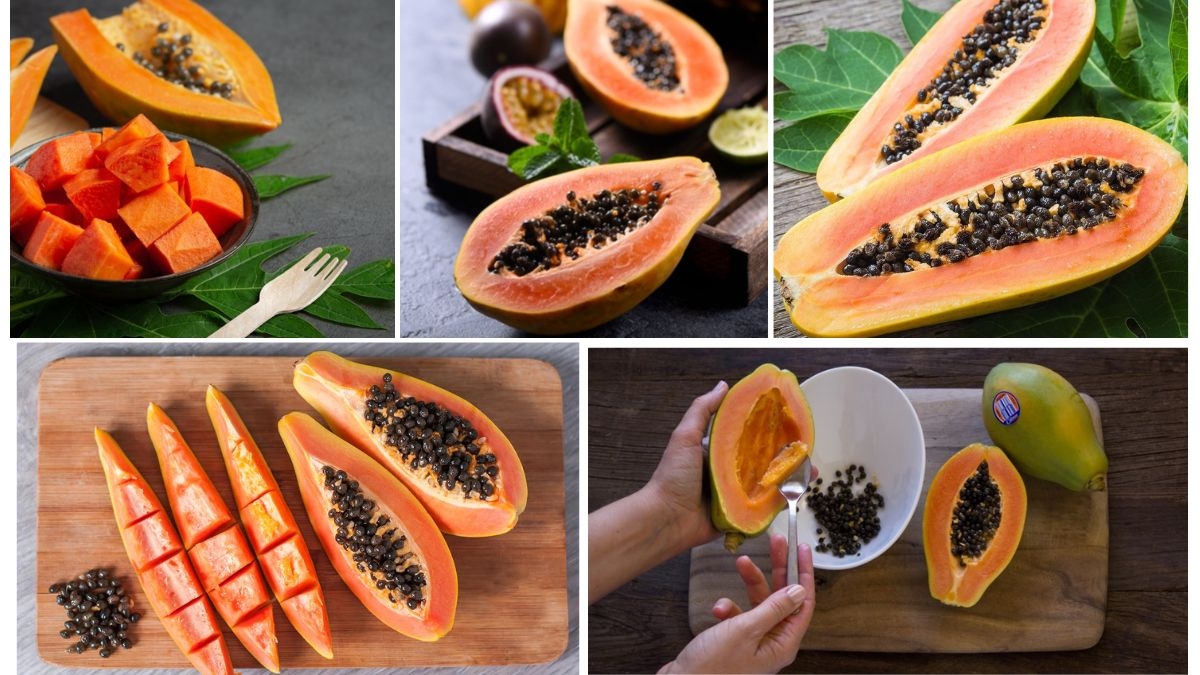





Leave A Comment